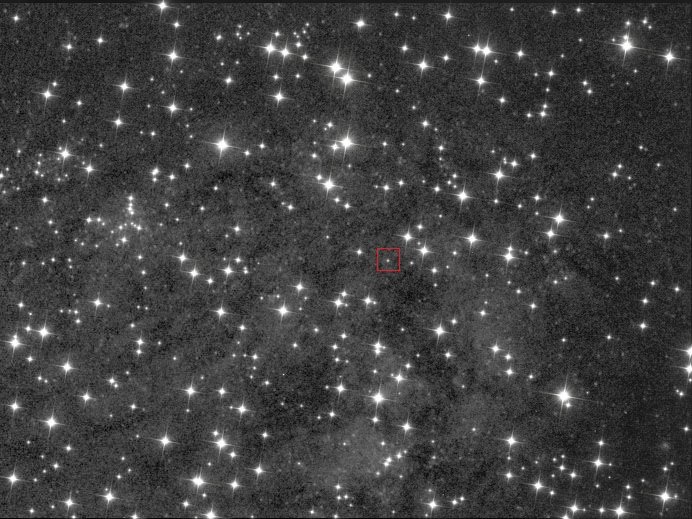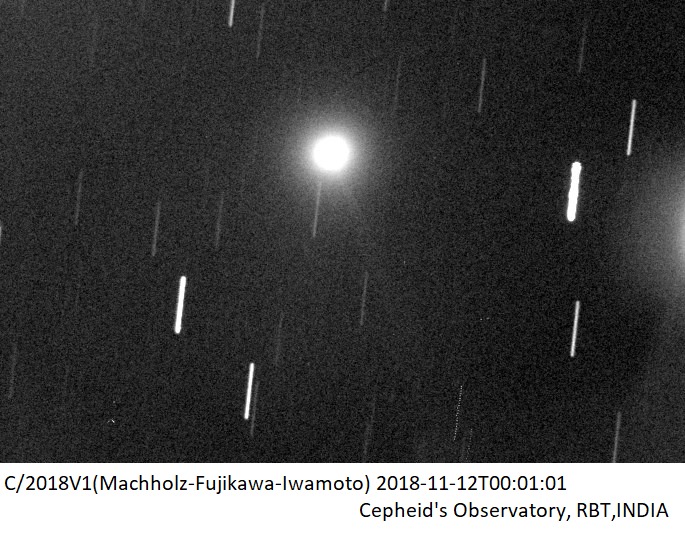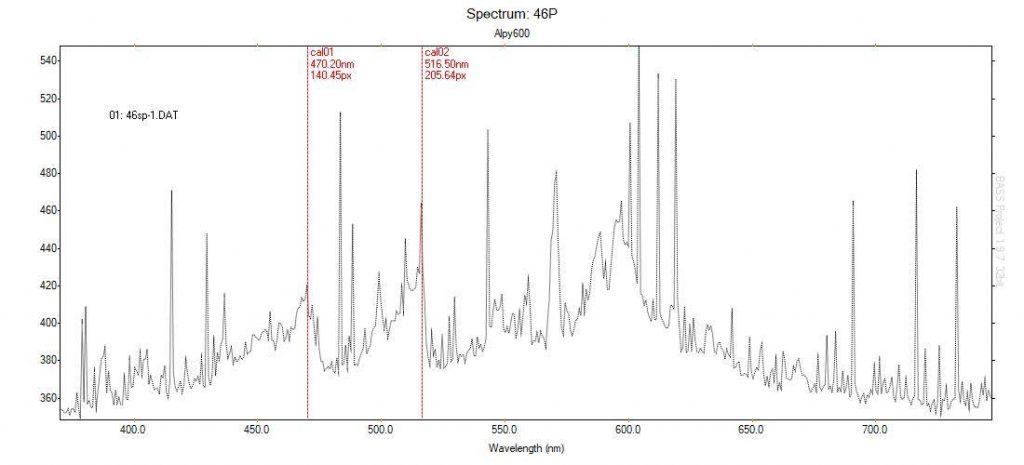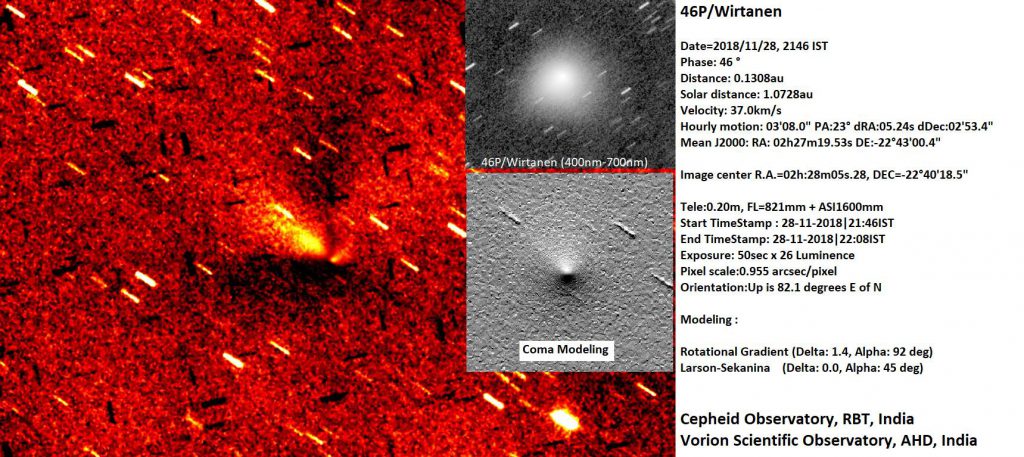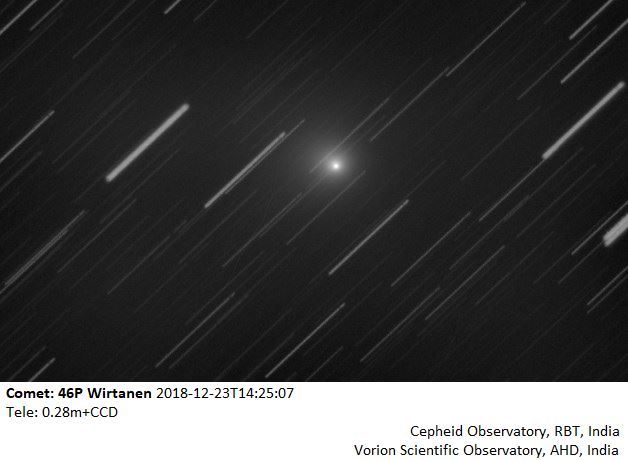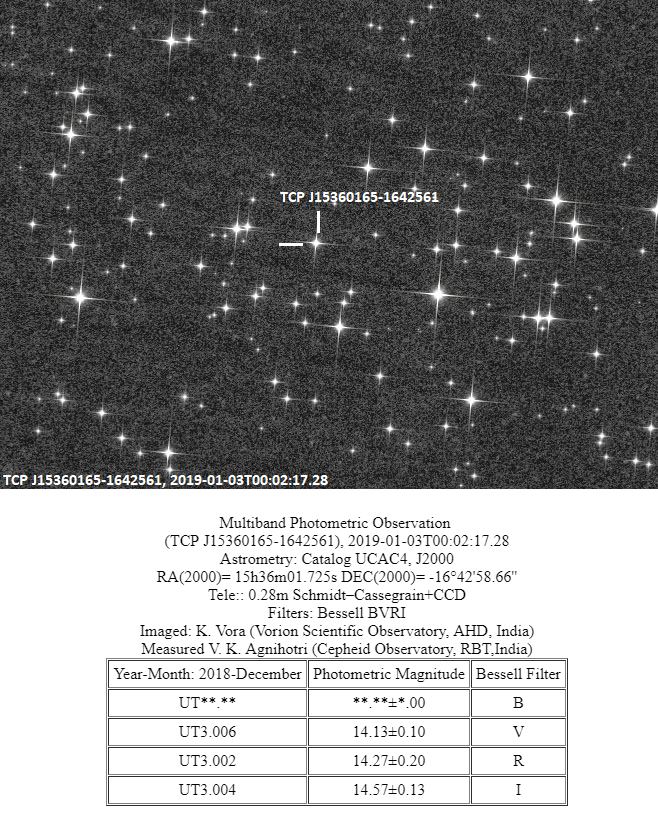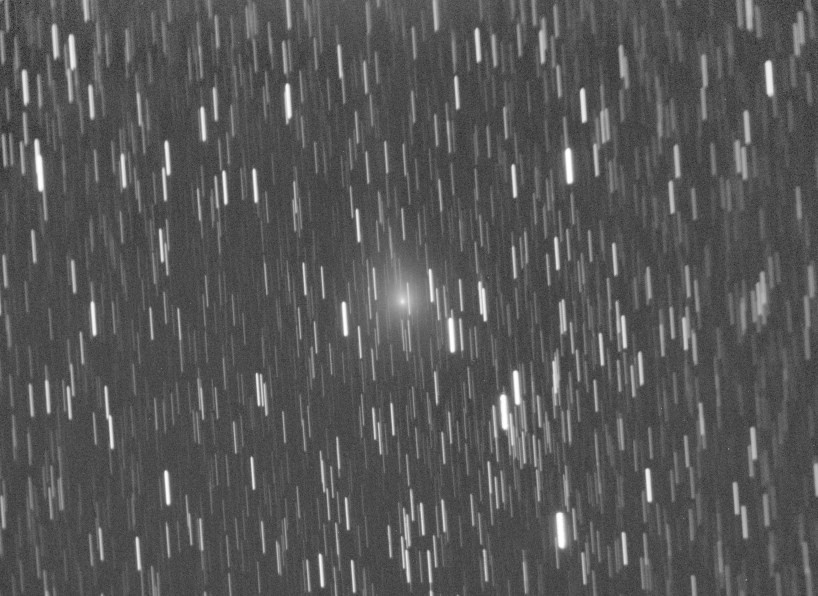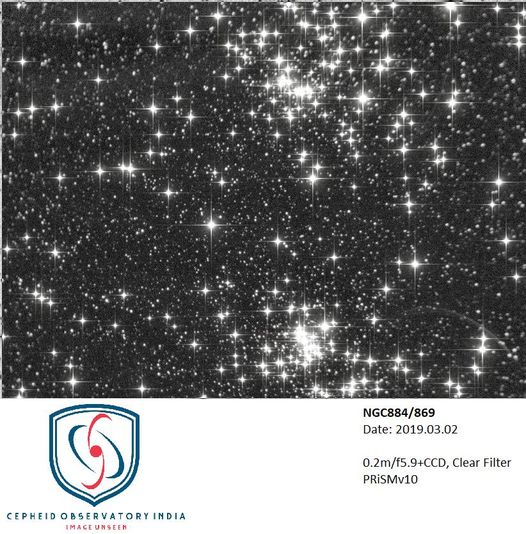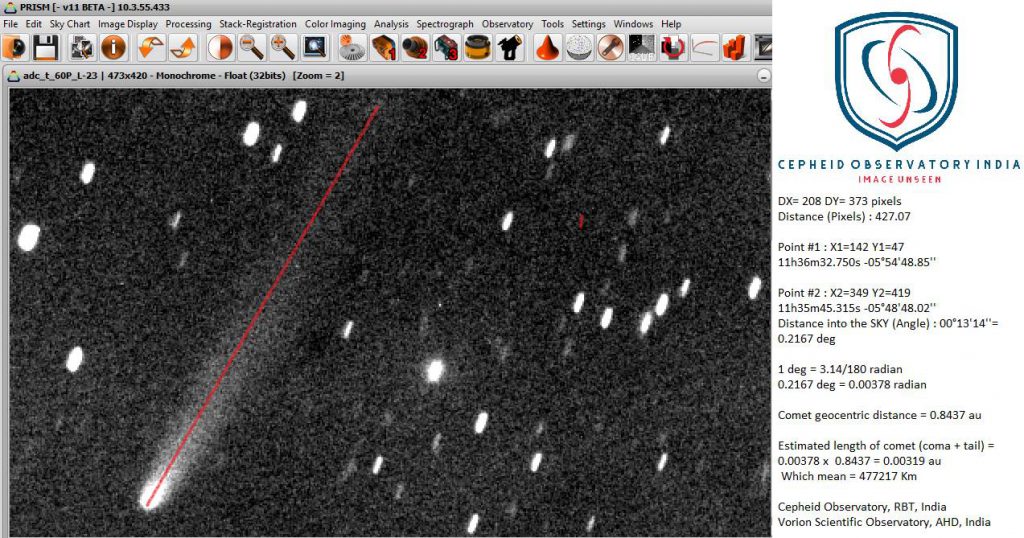Birth and Death of a Star: We do not know from where to start, ice to fire or fire to ice. Keeping mind cool let us start from ice age. The cycle of birth, aging, death and rebirth of stars dominates in every galaxy, generates new elements, produces spectacular explosions called supernova and leaves “cinders, the remnants of stars behind it, which further no usually participate in cycle, called white dwarf, neutron stars, and black holes. Stars form in molecular clouds and die when they burn their fuel. Small stars end with white dwarf and large stars explode as supernova and leave neutron star and black hole behind it. In these cases, stars are supported against gravity by purely quantum effect as at the end of fuel cycle there is no outward pressure in star to hold the gravity and keep star in a particular size. First it should be known that molecular clouds are not stars because those don’t behave like black body. The clouds are so rarefied, have very low temperature and expanded up to large space. These clouds are usually made of hydrogen, carbon mono oxide and formaldehyde. The molecular clouds emit microwave radiation and keep going cool down but clouds are opaque to visible frequency range. If it so the gravity kick inward puss and the wide span cloud started shrinking, but generally we do not see it and these dust and gas cloud still hold its shape against gravity (The Eagle nebula, M16, is one its example). Now question is that, what is the extra source of energy to compensate the loss in energy by microwave radiation? The answer is cosmic energy by the near by star. Once the dense part of molecular cloud start to contract, the star birth starts gets underway. This contracting gas is called “proto star”. The minimum size of a cloud to become a proto star is called “Jeans length”. How to get that length? Very easy, equal the average kinetic energy of gas with the gravitational potential energy, so (3KT/2=GMm/R).This calculation is little wrong as the molecules on the surface leave during the process of contraction even having low velocity. The more correct calculation involved diffusion mechanism in cloud to estimate correct Jeans length. As proto star forms, slowly it gets dense and started to trap radiation and begin to behave like black body. At this point temperature rise sharply and it begins shine. Once the star forms, it will live in steady fashion for a very long time. We can not understand the death of a star until we know the mechanism of its life cycle. Here gravity works like thermostat. If at some time, suppose thermonuclear reaction gets fast, it will cause swell in the central core of star. The extra energy in terms of photon movement comes out. This reduces the temperature and density in the central core and reducing the rate of reaction. In opposite, when the central cores has less temperature and density, the gravity switch on the reaction rate by contracting the whole star and keep the fusion on.
